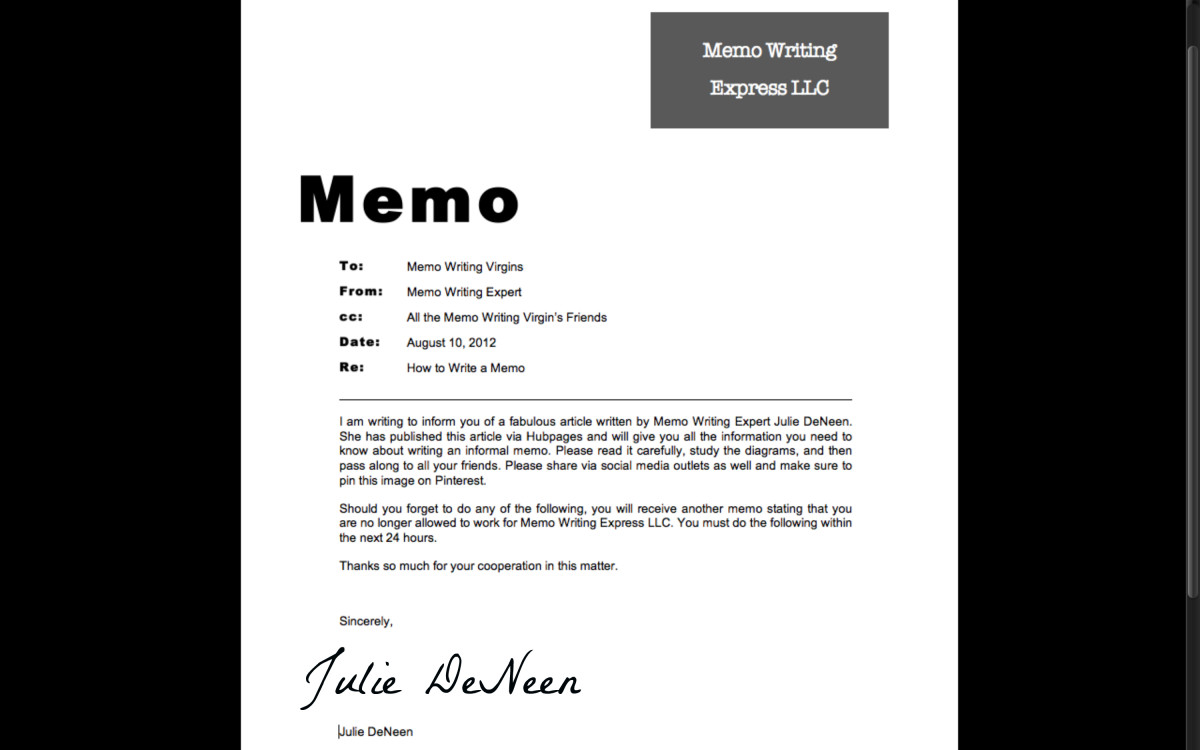Most Writing is Summary: What's the Point? Types of Summaries and How to Write Them
Whats The Point?
Almost all writing is a form of summary. However, a summary typically refers to a minor recall of the main points covered on an event or an article. Writing a summary is all about reducing the amount of information to fit in a paragraph while effectively capturing the main points of the content being summarized.
Knowing which points to include in your summary is important, but knowing what to leave out may be even more helpful. Any specifics that are not crucial for getting your audience to understand the point can be thrown out. It only causes confusion and disconnection.
There are basically three types or categories of summaries:
- Descriptive summary
- tells what the initial content is about without getting into the specifics
2. Informative summaries
- Most common summary: gets into the specifics and covers all the main concepts in a very shortened form. Similar to an outline.
3. Evaluative summaries
- An extension to the informative summary, evaluations include your commentary offering your opinions and views
Here are a few tips to use when writing any type of summary
- It is important to keep the same emphasis as the original piece.
- Keep your thoughts to yourself, unless you are writing an evaluative summary of course
- Use clear and simple writing most people will be able to understand, and be careful not to add jargon you use, but others may not
Most of our writing in the professional world will be in the form of a summary. Therefore, you have to know what makes a good and a bad summary. If you follow these simple rules, you might save a lot of time by not having to resubmitting as many articles or getting your content rejected.
Have you learned the hard way?
Most of us learn the hard way, by mistakes. Have you had content that has been rejected or heavily criticized, but the event was a huge learning experience for you? I’d like to hear your stories.








